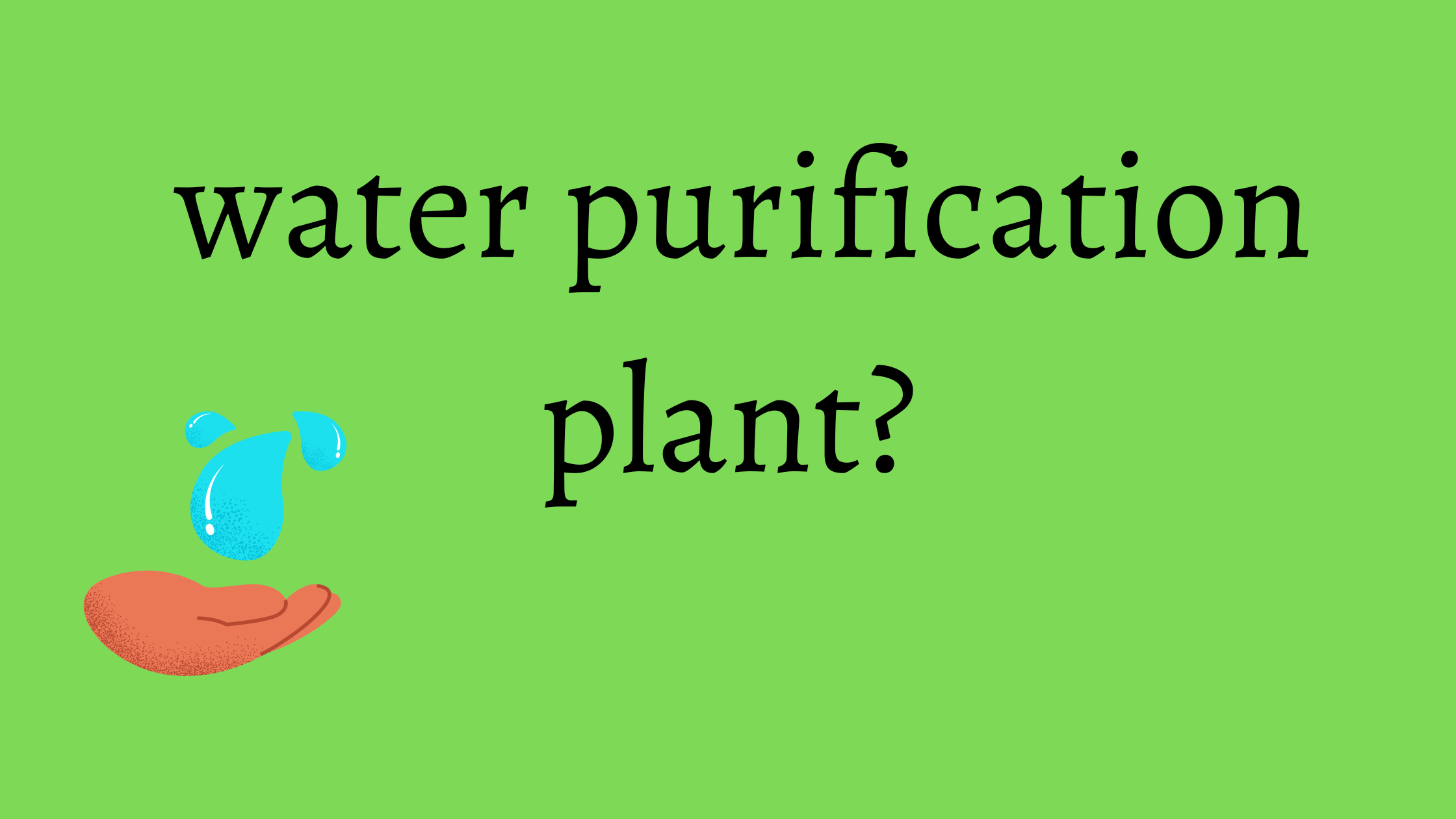
There are many people who believe that mineral water is better for health than tap water. There are a few reasons why people might think this. One reason is that mineral water contains minerals, such as calcium and magnesium, which can be beneficial to health. Another reason is that mineral water is often less acidic than tap water, which can also be beneficial to health.
However, it is important to remember that not all mineral waters are the same. Some brands of mineral water may contain higher levels of minerals than others. And, while some studies have shown that drinking mineral water can be beneficial to health, more research is needed to confirm these findings.
Overall, there is no clear evidence that one type of water is better for health than another. It is important to drink plenty of fluids each day, regardless of the type of water you choose to drink.
water purification plant
A water purification plant is a facility where water is treated to remove impurities. The process of purifying water can include filtration, chlorination, and other methods.
Water purification plants are important in ensuring that the water supply is safe for human consumption. These plants help to remove harmful bacteria and other contaminants from the water. This treatment helps to protect people from diseases that can be caused by contaminated water.
Water purification plants play an important role in protecting public health. These facilities help to ensure that the water supply is safe and clean. This treatment helps to prevent illnesses and disease caused by contaminated water.
A water purification plant is a facility that provides clean drinking water for communities. The first step in setting up a water purification plant is to find a source of water. This water can come from rivers, lakes, or groundwater. Once a source of water is found, the next step is to test the water for impurities.
After the water has been tested, the next step is to treat the water to remove impurities. The most common method of treatment is filtration. Filtration removes particles from the water using a filter. The type of filter used depends on the size of the particles that need to be removed.
The last step in setting up a water purification plant is to disinfect the water. Disinfection kills bacteria and other microorganisms that can cause disease. The most common method of disinfection is chlorination.






